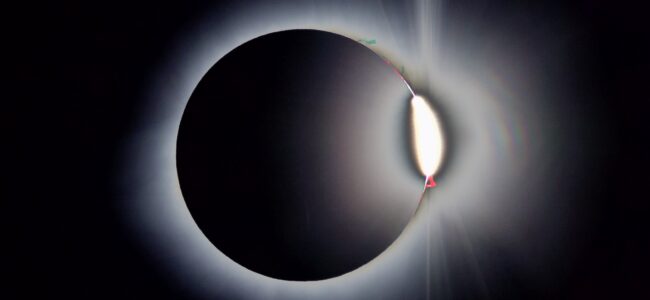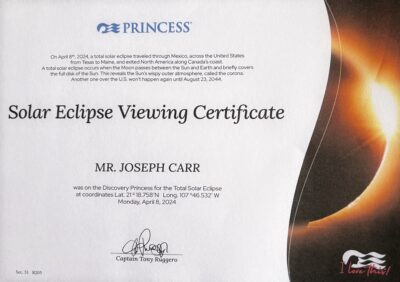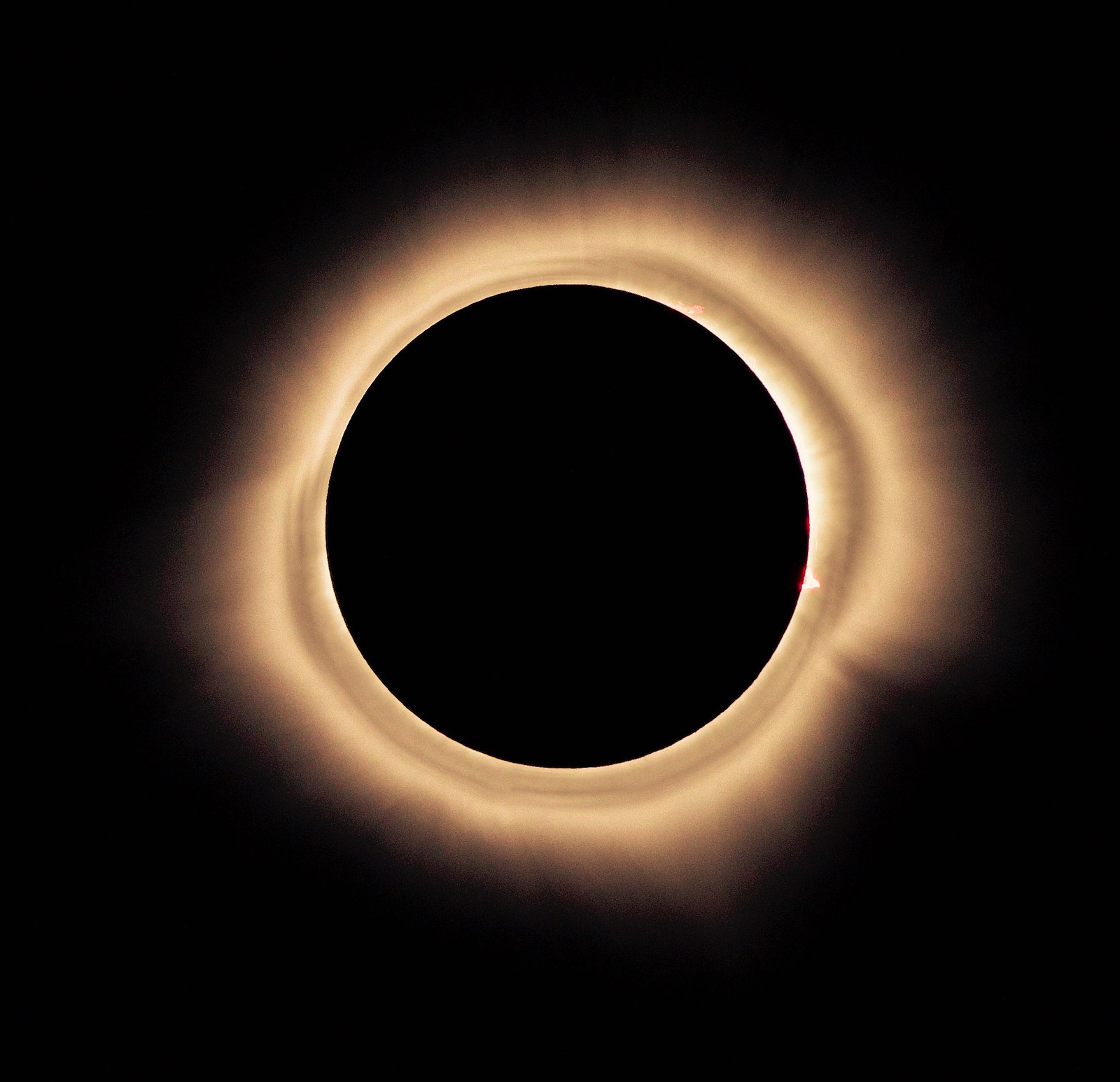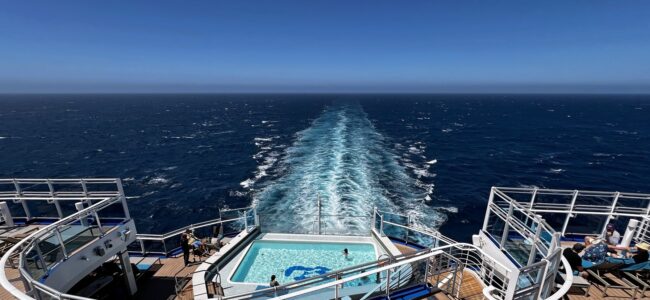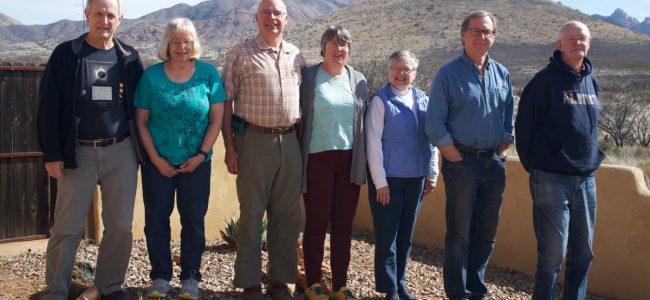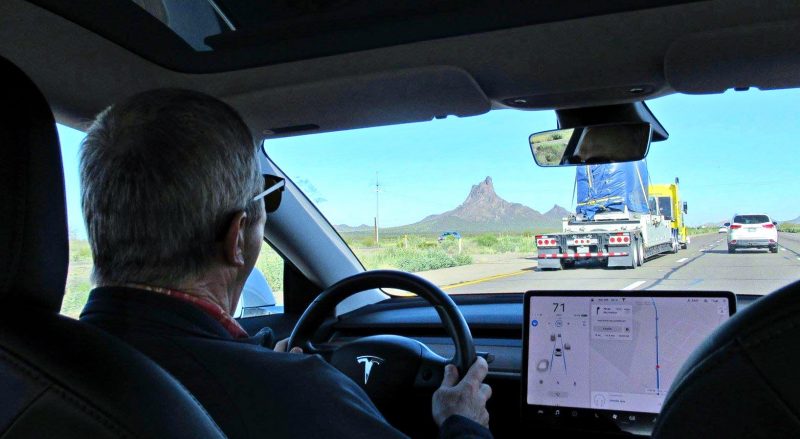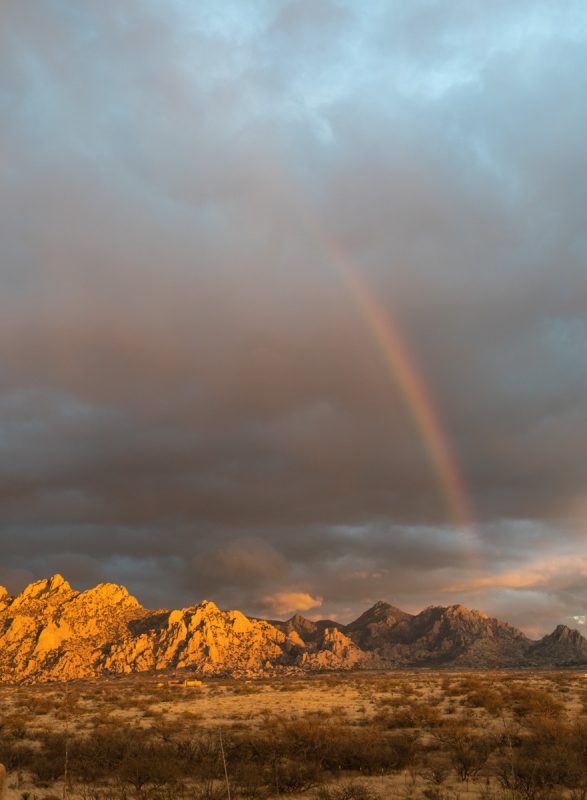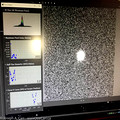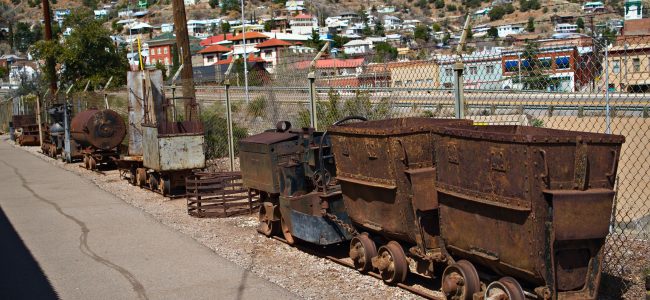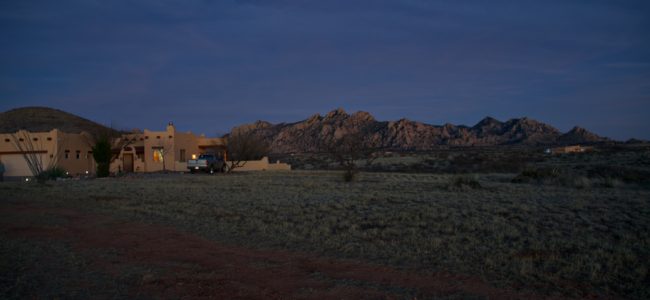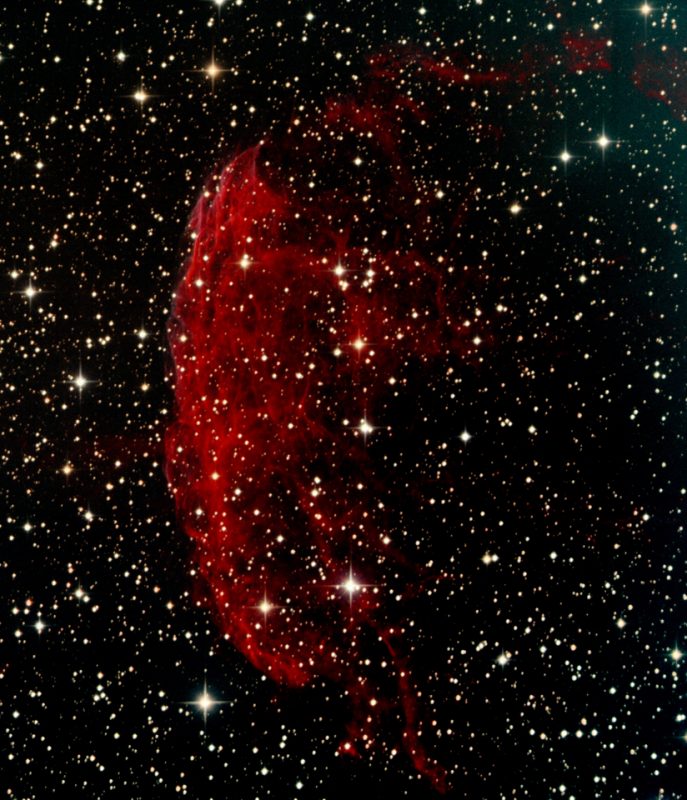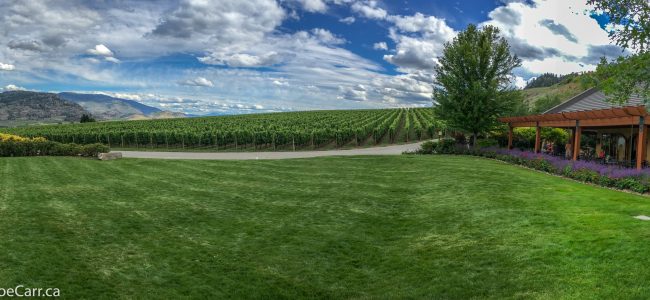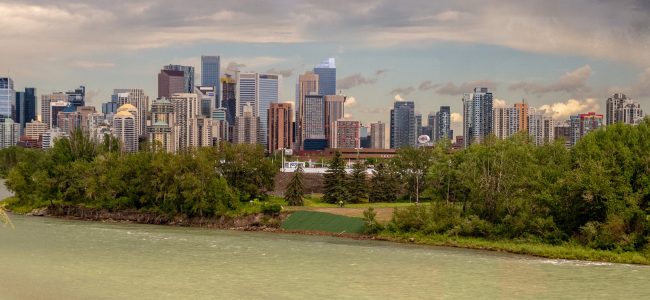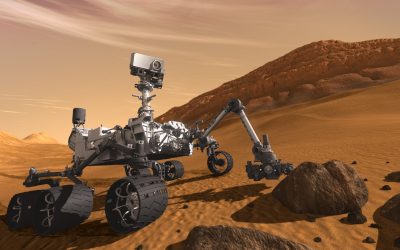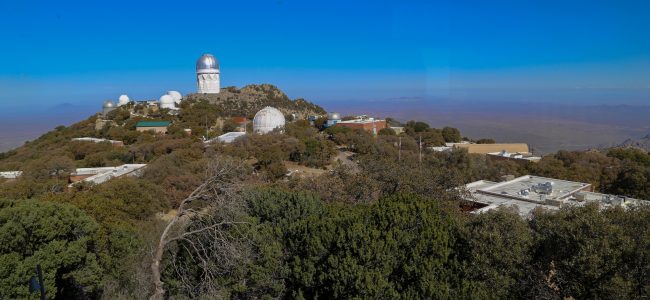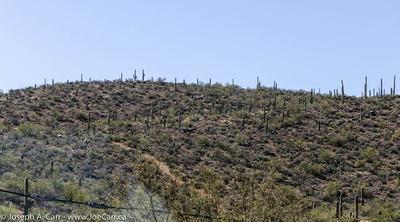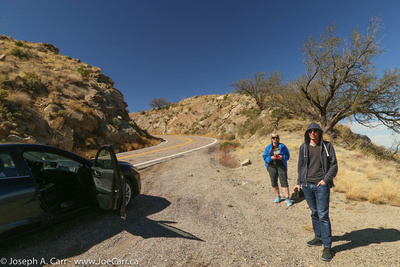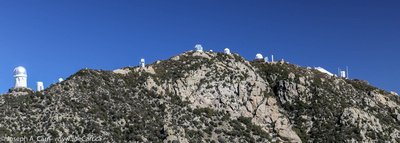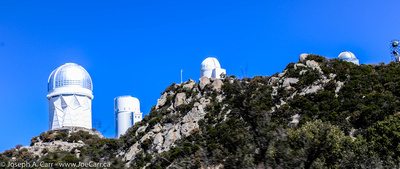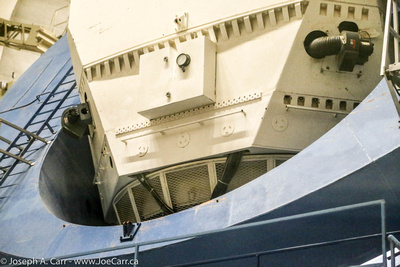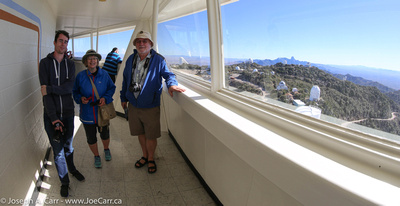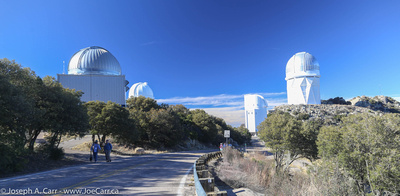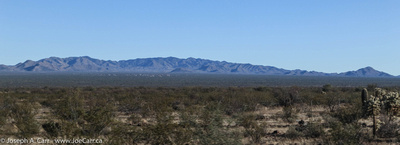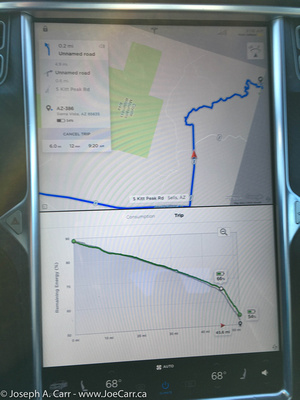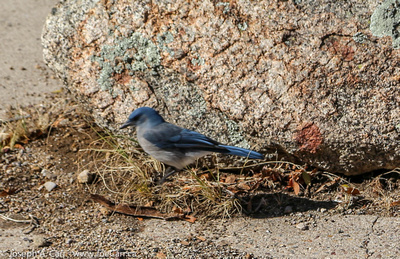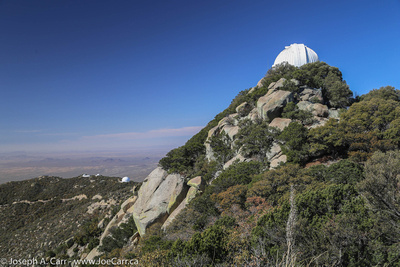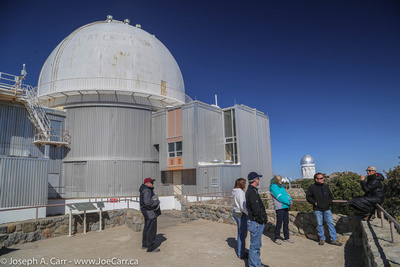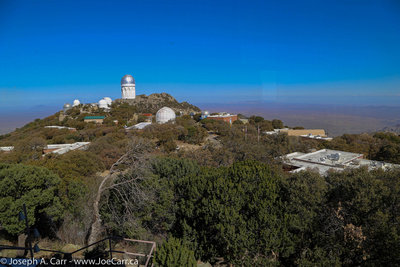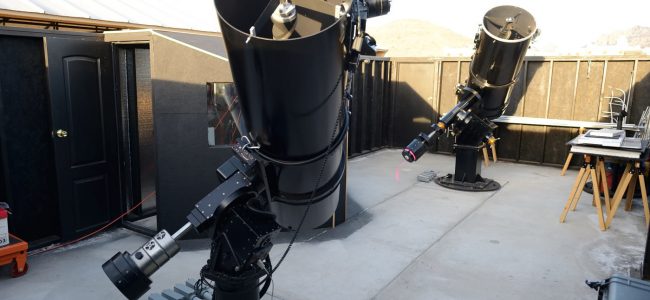Monday, April 8, 2024 – at sea 150 nmi SW of Mazatlan, Mexico
Total Solar Eclipse & Mexican Riviera 10-day cruise aboard Discovery Princess – April 3-13, 2024
I am up at 6:30AM, but wait an hour before going for breakfast in the Lido buffet. The pastry chefs have baked some lovely eclipse cookies with a shortbread base, icing and then a chocolate and white top depicting a partially eclipsed Sun. Although busy, there is lots of room and available tables, so we have no issues getting food and cappuccino.
We setup our eclipse gear on my balcony and wait an hour for the event to start just after 9:45AM with First Contact. It is hot out on the balcony, so we’re careful to stay hydrated and duck inside the stateroom to cool off now and then. The temperature moderates as the Sun is eclipsed and afterwards. We have just over 4 minutes of Totality, but as always this time flies by quickly. My friend struggles a bit with his camera gear during totality, but unlike 2017, I have no issues with my Canon R5 camera and 100-500mm telephoto lens, recording some outstanding detail on the Sun as the eclipse progresses. We also make good use of our binoculars equipped with solar filters to observe the partially eclipsed Sun, and then take the filters off to fully appreciate the spectacle before us during totality!
I have my GoPro 12 Hero Black action camera attached to the deck rail, taking a time lapse video throughout the event. My Kestrel 5500 weather station records a temperature drop of 10ºC over the course of the eclipse from 35ºC down to 24.7ºC. I make these temperature readings in memory of Jim Low, who I shared my first solar eclipse with in the middle of the Libyan Sahara Desert back in 2006.
- Lat 21º 18.758′ N Long 107º 46.532′ W (21.3126, -107.7755)
- 135 nmi (250 kms) SW of Mazatlan
- Ships in the area: Zaandam, Koningsdam, Sh Diana, Ruby Princess
- Professor Shelly Bonus narrated the eclipse
- Eclipse parameters at our location – Time & Date
After Totality ends, we go to the coffee bar on Deck 5 to have some lunch, picking up some beer from the nearby pub. I have a mug of a lovely Newcastle Brown Ale draft with my quiche and a piece of pound cake for dessert. My friend has a deli sandwich and another eclipse cookie along with his Heineken bottled beer. We both agree this is a nice alternative to the buffet. We then retreat to our respective staterooms to get cleaned up and recover from the heat and stress of the morning’s eclipse observing.
We go to Sabbatini’s Trattoria at 7:30PM for dinner this evening. It’s a good restaurant, however my veal parmigiana is gooey instead of being crisp, and it tastes very bland. My deep fried shrimp and calamari starter is very good, as is the tiramisu dessert. My friend’s choices are outstanding, so I think I just ordered the wrong Secondi.
